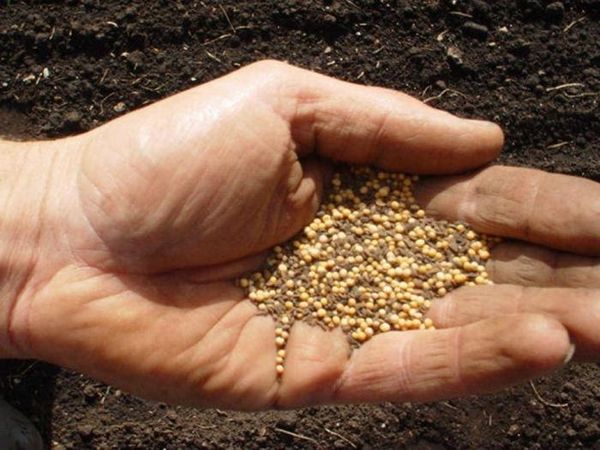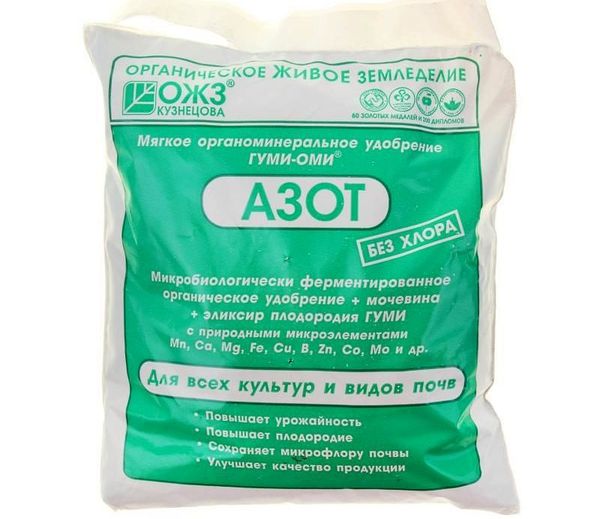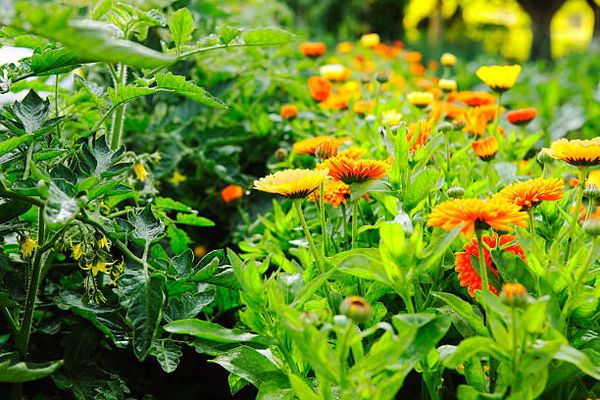Crop rotation - agrotechnical technique, based on a meaningful alternation of crops during planting. The plants have different needs for nutrients, they attract different pests and create prerequisites for soil diseases. "Changing the situation" makes it possible to restore the land without leaving it under pairs. If you harvest a tomato, it is important to know what can be planted in this place the next year.
Table of contents
Crop rotation rules
- annual crop change on the landing areaThe exception is corn and potatoes, which can grow in one place for several years in a row;
- after root crops, fruit plants are grown, and vice versa, to make it easier to remember: alternating “tops and roots”;
- cultures with a high need for nutrients we plant after those whose need is lower;
- there are cultures that heals the soil (for example, garlic and onions), it is necessary to ensure that they are consistently planted on all parts of the garden;
- with the annual change of landings is necessary consider ownership plants to certain botanical families - “inheritance” of land within one family is undesirable.

You can plant crops on the basis of the most suitable for them predecessor - this is a very time consuming method, but the most effective. In addition to the alternation of planting, it is important to pay attention to how the vegetables get along with each other in the neighboring beds.
When it's time to change the place of planting tomato
The tomato loves easily warming up, loamy soil, loose and with good permeability, it is not demanding to acidity. Ideally It is necessary to transplant tomatoes to a new place every year.
But some owners leave them for several years on the same bed, resorting to small tricks to preserve the harvest:
- top coat change soil in the garden (you can shift it to where you plan to grow radishes - it grows best after a tomato);
- nitrogen fertilizer application;
- the correct choice of crops for neighboring tomato beds - legumes and fragrant greens;
- planting tomatoes according to the method of Kizima, in a cellophane diaper with the formation of a deep root;
- Autumn planting of legumes and mustard crops after the removal of tomato bushes.

You can do this up to three years. But anyway, sooner or later you will have to think about optimizing crop rotation. A sign that the place of tomato dislocation is time to change, become a disease,that hit tomatoes.
Under the conditions of nutrient deficiency, the ovary is poorly formed, and the fruits of the tomato become smaller. There is a growing risk of infection by phytophtora, a fungus living in the soil, which is carried by parts of tubers and roots. Moreover, in the greenhouse, these processes proceed faster than in open ground.
If you ignore these signals, then can be left without harvest - the soil is gradually depleted.
What can you plant after tomatoes
Among garden crops tomato has average nutrient requirements. Does not deplete the soil, but loves nitrogen.

The level of acidity changes slightly, making it more acidic after several growing cycles in one place. It is an acceptable precursor for most vegetables, except those with which it has common diseases.
Under which crops it is best to take a tomato bed next year:
- First of all, all the plants that saturate the soil with nitrogen are suitable. legumes (peas, beans);
- cabbage is not afraid of diseases typical for tomatoes and is indifferent to a deficiency of nitrogen in the soil; after a tomato, a good harvest will be ensured for any of its species;
- cucumbers - are also not susceptible to phytophthora, but are very sensitive to the quality of the soil; compost must be introduced before planting cucumbers;
- zucchini - Chinese, zucchini and squash - will grow well after a tomato;
- you can also plant roots: carrots, beets, radishes, radishes have deeper roots, they feed on nutrients that tomatoes “did not reach” and allow those layers of soil in which the roots of their predecessor were to be restored (respectively, if tomatoes were grown “according to Kizime”, then root vegetables after them is better not to plant);
- onion or garlic disinfect the soil and need a minimum of nutrients that tomatoes leave for them;
- fine will grow any greenery.
Returning tomatoes to their original location can only two or three years later. At the same time, it is necessary to plan crop rotation in such a way that onions, garlic, legumes or crucifers will become their predecessors.

What crops can not be planted after tomatoes next year
- you cannot plant solanaceous after tomatoes - eggplants, peppers, potatoes, physalis - plants of the same family, similar in needs and diseases, provide one-sided depletion of the soil;
- this neighborhood will harm strawberries, it can be infected with blight;
- after tomato is not planted melons cultures, because their roots lie at the same depth;
Restrictions on planting crops after tomato are fairly simple, but sometimes there is no choice if you have to cultivate many plant species in a small area or in a greenhouse. Falling yields can be avoided if you correctly apply fertilizer, renew the land and practice methods of suppressing pests and fungal diseases in your garden.
Plant in the fall sideratsthey saturate the soil, give it a rest. At the end of the season they should be dug up to mulch the soil.
Bring meaningfulness to the crop rotation on your plot, and it will become easier to work, and the harvest will please.
